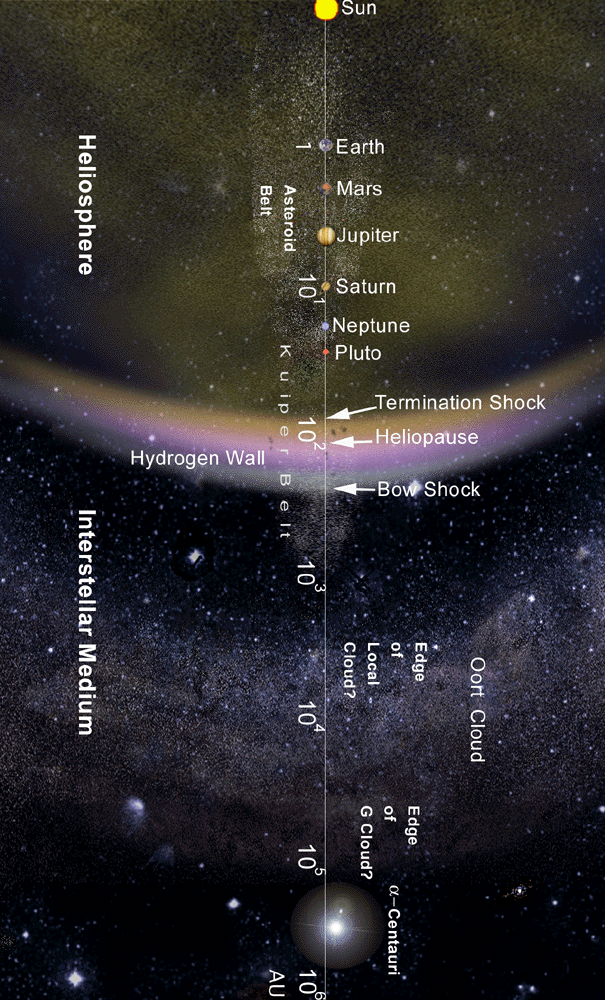Collective EM field of Human Subjects
The pattern of organization
Burr (1935) formulated a concept that EM fields organise the living processes. “The pattern of organization of any biological system is established by a complex electrodynamic field which is, in part, determined by its atomic physiochemical components and which, in part, determines the behavior and orientation of those components. More than establishing pattern, it must maintain pattern in the midst of a physiochemical flux. Therefore, it must regulate and control living things, it must be the mechanism, the outcome of whose activity is ‘wholeness’, organization, and continuity.”
Burr (1956) measured the relatively steady-state standing potential of a tree for more than a decade. The potential shows diurnal, monthly, and seasonal variations of considerable interest and, over the years, and suggested a correlation with sunspot activity. It has been adequately demonstrated that a living organism, a tree, is an electric system, exhibiting all the properties of an electric field. It is remarkable that in its most fundamental electromagnetic regulation the cosmic effects appeared so pronouncedly.
Ravitz (1962) was able to show, by working out 50 000 field determination on some 500 human subjects at Yale, Duke, and University of Pennsylvania Schools of Medicine, that “the variations of the EM fields of the human subjects provide an objective profile of similar variations in the feeling and behaviour states, and open the door to both long- and short-range predictions in time. Electrocyclic phenomena seem to be governed both by exogenous and endogenous factors. Primacy of the exogenous component is suggested, however, not only by plotting similar field excursions on diverse representatives of the plant and animal kingdoms within the same intervals, but also by demonstrating parallelisms between simultaneously recorded atmospheric, earth, and tree potential differences.”
Bioelectromagnetism
Biological organisms show extreme sensitivity for external EM signs, as the new branch of science, bioelectromagnetism has discovered (see the references above, Sect. V.). Recently, Kuznetsov (1982) reviewed the results of laboratory experiments with synchronous yeast cells Candida Utilis. “The presence of external rhythms’ influence on the yeast cells growth in a batch cultivation system was established. The results of statistical processing of the experimental data showed the statistically significant presence of 160.009± 0.006-minute oscillations in the variability of the specific growth rate of the yeast population. The fact testifies in favour of the 160.01-minute global solar oscillations influence on the Candida Utilis growth rate.” These oscillations were independently discovered in 1976 by two solar research groups in Crimea and Birmingham. Their results pointed out that the solar surface shows oscillations with a 160-minute period. Arguments proving the existence of this period in solar oscillations are given by Kotov (1995). The amplitude of this oscillation is low, only 1 m/s, changing permanently. The origin of this oscillation, contrary to the 5-minute oscillations, is not known, and inexplicable by the standard solar model (Kotov, 1985).
Schumann waves and the Human Brain
It is well known, that the ionosphere and the surface of the Earth form a cavity for the electromagnetic waves, therefore every electromagnetic disturbance in its attenuation may be transformed into a standing wave determined by the size of cavity (Schumann and König, 1954). The standing terrestrial electromagnetic waves, termed as Schumann waves, have a characteristic frequency of 7.5 Hz, coinciding with the range of the most creative brain EEG frequencies, a -waves, which are produced also in the REM phase of sleep. Moreover, the time characteristics of Schumann oscillations and the EEG a -rhythm, as well as storm-related fluctuations of electric field and the EEG d -rhythm show a noticeable similarity in their temporal variations (König, 1989). These circumstances may substantiate a hypothesis that human brains/minds are able to interact with the information field of the terrestrial organic self-maintaining system.

The natural sources of Collective Consciousness Fields
Human consciousness fields primarily interact at the a-level in frequencies around 7.5 Hz, therefore the creative state of mind is the same one as the most influential source of the collective consciousness field. Moreover, the human a-field interacts with the earthly a-field, with the Schumann waves. The b-field, the field of awake consciousness, in the present societies seems to be largely inactivated and, in contrary to the alpha-field, does not form an effective collective consciousness field. The reason for this anomaly is that the awake state is not in a continuous resonance with the a-field, as a result of the schism of breaking our mind into two antagonistic parts (see Grandpierre, E. K., this volume). This psychic anomaly is the factor behind the sporadic and low-level ESP abilities of the Homo sapiens sapiens. Inactivated information fields can only be actualised if consciousness turns against its deeper generating levels. The b-field of individuals is generally in an extraordinarily low-intensity state because most part of its energy is consumed in the repression of the deep-mind. Nevertheless, the way in which we can reach healthier consciousness fields is the development of the high-intensity b-field, which is filled with the powers of the deeper mind levels in a natural resonance. The d-and J -fields are related to cosmic electromagnetic wave fields (Grandpierre, A., 1996d). The natural sources of collective consciousness fields are the plants, animals, (non-manipulated) humans, the Earth, and, through the cosmic interface of the Earth, the magnetosphere, the Moon and the Sun, and, through the heliosphere, the whole Galaxy and Universe. Exploring and understanding the working of consciousness may help in tuning to its natural, more powerful sources, regaining a harmony between its main constituents, and opening a perspective to the experimental exploration of collective consciousness fields.
Source: The Physics of Collective Consciousness, by Attila Grandpierre